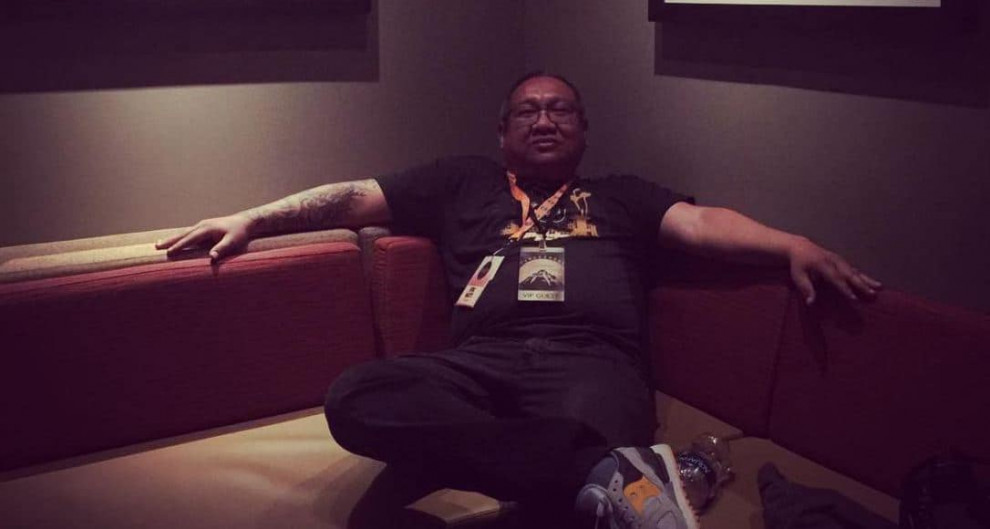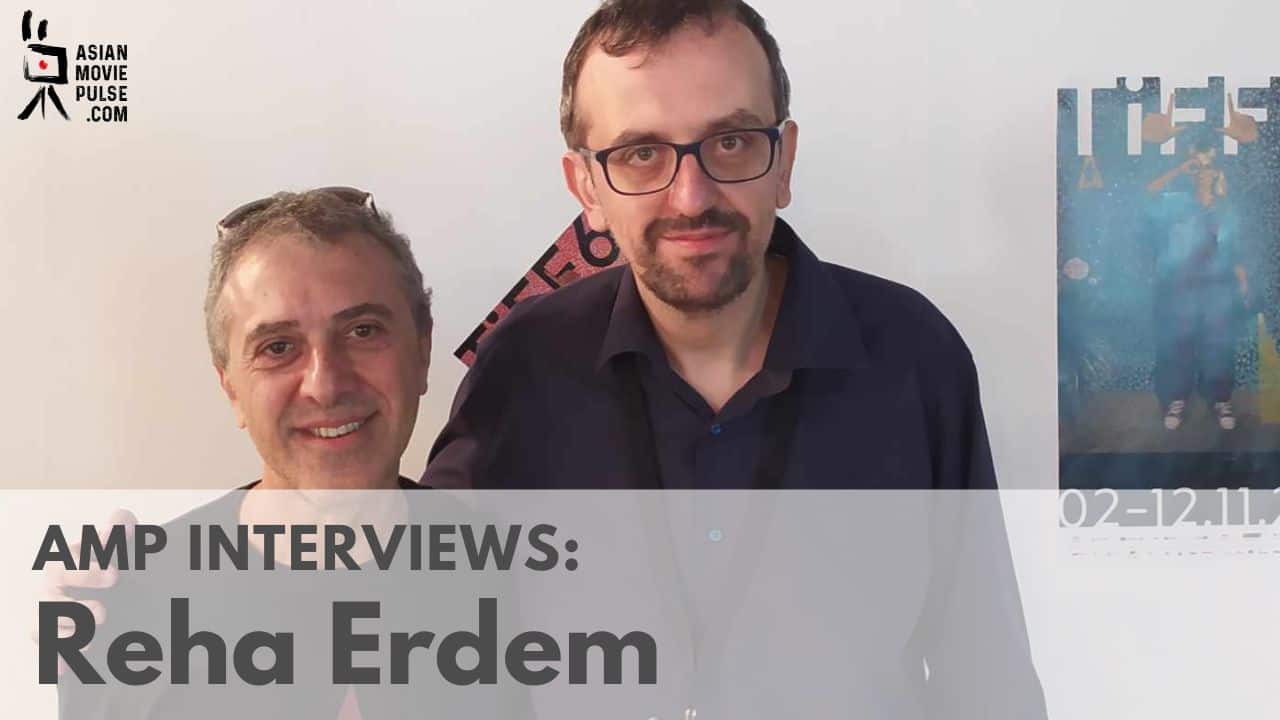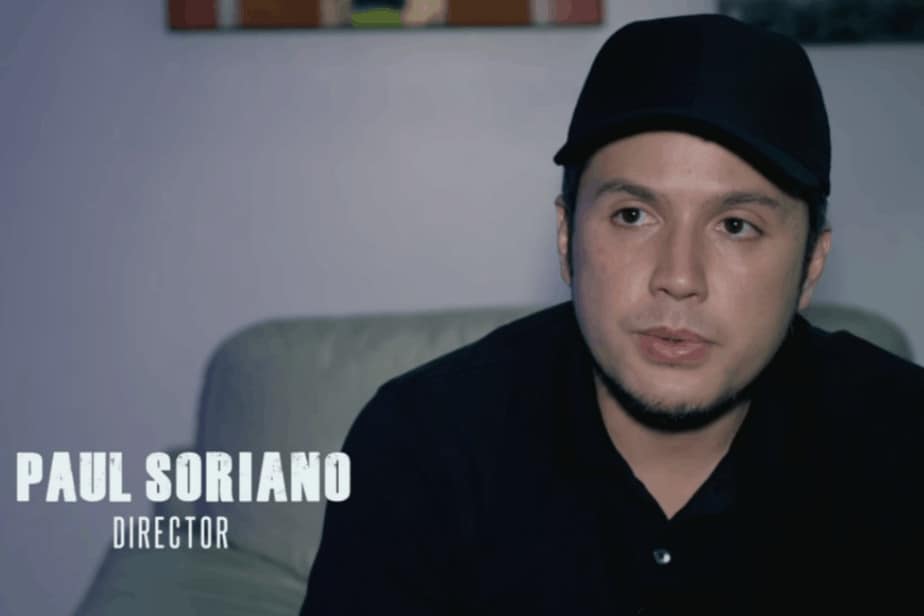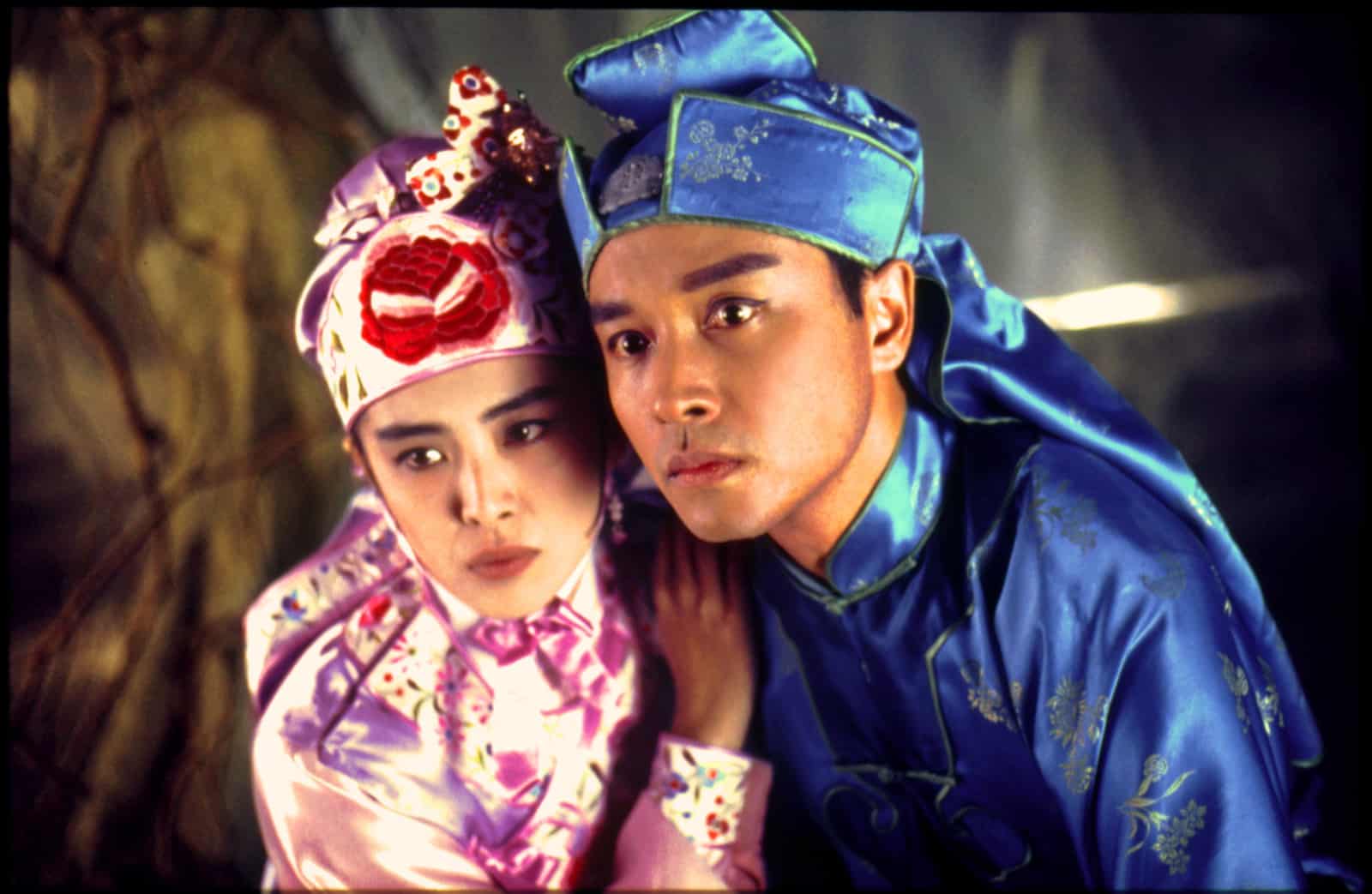Erik Matti is one of Asia's most ambitious filmmakers. An assistant director to Peque Gallaga, he made his debut with Scorpio Nights 2 (1999), a sequel to his mentor's erotic classic. He has made subversive horrors (Pa-siyam, Seklusyon), world-building fantasy epics (Tiktik, Exodus), gritty crime dramas (Ekis, On the Job) and costumed superhero films (Gagamboy, in-production Darna). While always audience-focused, Matti and his films are becoming more political; they have recently focused on systemic corruption and religious hypocrisy in the Philippines. BuyBust is his headiest achievement yet, spinning high-octane action tropes into a scathing commentary on the ongoing drug war.
On the occasion of his film screening at the 17th New York Asian Film Festival, we speak with him about his career, and his way of shooting films, Anne Curtis and Brandon Vera, the most impressive scene in the movie, Duterte's War on Drugs, and many other topics

Your career basically begun through your cooperation with Peque Gallaga. Can you give us some details about your cooperation and the way it shaped your career?
I went through all the key positions while working with Gallaga. I made sure to go through being an AD, PM, writer, producer, even a music spinner to really immerse myself with as many departments in filmmaking as possible. Maybe that's the schooling for me, as I didn't really study filmmaking in college.
I've always told my apprentices that the key to being a good filmmaker is not just knowing what story to tell but knowing how to tell it successfully, using the elements of film. In the absence of working your way up through different departments, a lot of filmmakers suffer in execution and rely too much on the weight of what they want to say, not taking into consideration that the craft of filmmaking is as essential in good cinema.
I think working with Peque Gallaga, who is a very visual filmmaker, helped me in the way I used the visual language in most of my stories, later in my career without being reliant to dialogue as the main element of unraveling the story.
Until “Buybust”, your most renowned films until now have been “On the Job” and “Honor Thy Father”. To what do you think they owe their success?

I am very careful about my film choices. I veer away from trends. I avoid middle-of-the-road films and I always choose film stories that will challenge my cinematic style. That's why I refused to be pigeonholed into one type of filmmaking.
I also make films that are not just personal to me but have a strong universal theme around them.
If you look at my films, they mostly have a 70s vibe to them. I think I was influenced by that growing up. I think doing them now makes it fresh for the audience who may not have gone through the golden years of the 70s.
How did the idea for “BuyBust” came about? In general, where do you draw inspiration from, for your movies?
This idea came while I was shooting “On The Job”. We were in the middle of a labyrinthine slum area, when a drunk caused trouble while we were shooting. I was looking around trying to find an exit and I thought if the violence erupts, we wouldn't know how to get out of the maze.
I always think of movies in two ways and they always have to go hand in hand: story and style. I don't just think of stories to make a movie. If I find an interesting story, I also need to make sure that I can explore the filmmaking of it.
I pick up stories from everywhere but no matter how interesting they are, if I'll get bored making it I abandon the idea. I also choose stories that have something current to say about society. It has to be relevant to the times, without necessarily going socio-political.
The production of the film was quite large, including 309 stuntmen and 1,278 extras. How was your experience of having to direct so many people, and what are the benefits of having such a budget backing you?

I love big scenes. I love putting them together and making it work. It's like ballet where all the elements come together in synchronicity.
I think I'm lucky to have producers who believed in the project and wanted to make sure that we make the film as good as we can make it.
Why did you decide to have a female protagonist, and how was your cooperation with Anne Curtis, who was actually known for her roles in completely different genres? How did you guide her for the role, and how did she react in all this action? And how about Brandon Vera?
For the design of the film, without sounding sexist, I think a female protagonist softens the whole movie, given that it's full on action and violence from start to finish.
Anne is a very sensitive actor. I've worked with her before when she was still a kid. A lot of actors, due to the limited materials they receive, don't really have a chance to showcase their range in film. I knew that Anne could nail this from the very beginning.
Brandon was perfect for a film like this. I didn't have to look at his form and he even helped guide his co-stars on set in terms of the martial arts stuff.

In general, how was the casting process like for the film?
We went through a general casting call for the stunt team and our fight choreographer came up with a couple of moves that the stuntmen can use on auditions. There are some really bad action habits that our stunt people have developed over the years doing bad action films. And primarily, that's one of the things we wanted to get rid of in the auditions.
For the casting of the key characters, I just wanted people with physical skills, but also having different physical types and builds, to form an interesting bunch. We all have seen man-on-a-mission movies that had characters that looked alike and in the middle of a skirmish, it's confusing to tell the characters apart.
Neil Derrick Bion's cinematography is one of the film's best aspects. Can you give us some details about your cooperation? How did you shoot the scenes in the rain, and particular the three-minute, one cut action scene where Nina is fighting scores of enemies?
The only rule Neil and I had was that if it looks wrong, then it's right. From the outset, we really wanted an elevated cinema verité quality to the film. It's like a news feature pieced together in editing. I say elevated, because as much as the cinematography may be a bit gritty, we don't want it sloppy. So that's why we still have that long 3-minute take which initially we wanted to do handheld. We actually did it in one of the rehearsal days and it turned out to be too sloppy. Eventually, we decided to do it on steady cam.
That 3-minute action scene was expensive to put together. We did 5 rehearsals. First 2 was all about choreography using stand-ins. Third rehearsal, we had the stunt people rehearse with Anne. The last 2 rehearsal days had all the elements together. including the rain effect. The last 2 rehearsals were the toughest to get approved with the producers because since all the elements were there already, they wanted us to shoot it already. But at that point, it was still about making sure that the choreography flows well without hitches, mainly on safety.

Can you elaborate on the locations the film was shot? In general, how was the shooting of the film like? Any memorable episodes, good or bad?
The main slum area was built on an 8000 sqm lot. It was an abandoned school that got burned down. While we were shooting, a lot of ghost stories were shared among staff and crew members.
Brandon was once photographed by our military consultant with his head missing in the picture. A medium told us to burn all of the items he was wearing in that picture. We didn't tell Brandon about it, even when he was asking about his missing shoes, which he specially ordered abroad.
The film also makes a comment regarding Duterte's “War on Drugs” and the corruption of the police. What is your opinion about these two topics, and did this theme of the movie presented you with any difficulties to shoot it?
At first, I thought we couldn't get a fair analysis of the War on Drugs with the consultants we had on the set. We had both drug agents and military people on the set. They were willing to tell us both the good and the bad side of the War on Drugs, which really helped us a lot as I was rewriting the script on the set.
I think the War on Drugs has become this messy mainly because of police corruption. What we found out was that there's a clear collusion between drug dealers and police officers, so when the Duterte campaign started, it wasn't really about cleaning the streets but more on police cutting off connections from their drug links. But the biggest discovery that we all thought were just rumors was that the government gives out monetary compensation for every drug addict, dealer or runner killed or sent to prison. This opened the floodgates for even more corruption and death.

The music in the film is also great. Can you give some more details about the tracks heard? Particularly one during the final titles, that speaks about drugs and the consequences of taking them.
Erwin Romulo and I have collaborated since :On The Job”. That guy is like an encyclopedia of both local and international music. For “BuyBust”, we sent each other certain types of music that may be good for the film. As a discourse, we already know from the beginning that we wanted to use a lot of iconic Filipino national anthems through the years: anthems for rebellion, national anthem and anthems for freedom.
We also decided from the start that we will not score this as an action film but will score it using the chaos and the descent to madness of the film.
We also listened to a lot of Johnny Cash and African-American evangelical songs that had a nihilistic feel to them.
The last song “Drug War” is actually a pro-Duterte song but the way Erwin used it was to have an inspirational song “Oras Na” cut off bluntly by this novelty propaganda song. Not a lot of people may have gotten it but that's the idea behind it.
What is your opinion of the Filipino industry at the moment?
Not good. For one, we are only famous internationally if it's a Lav Diaz or Brillante Mendoza film. No new filmmakers are discovered. There's few and far between but none really makes it internationally if it's not an art film.
So this is related to my second reason, nothing is happening in the local film industry as well. Our films are either too commercial to the extreme or on the other side, too personal. Both of which only appeal to the local sensibility.
The indie movement here has a lot of promise. But they have to go beyond doing personal esoteric films and start thinking of a wider audience that they can tap for their own personal stories.















